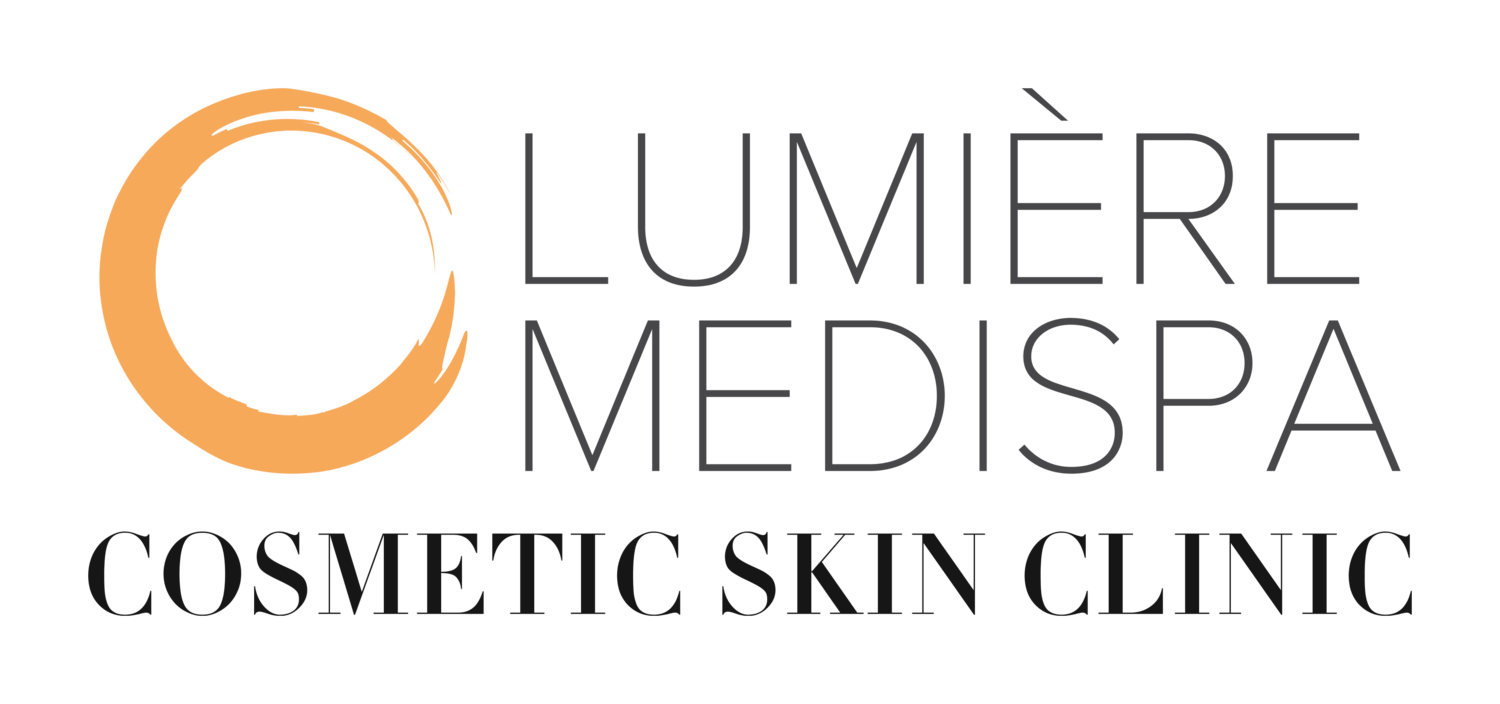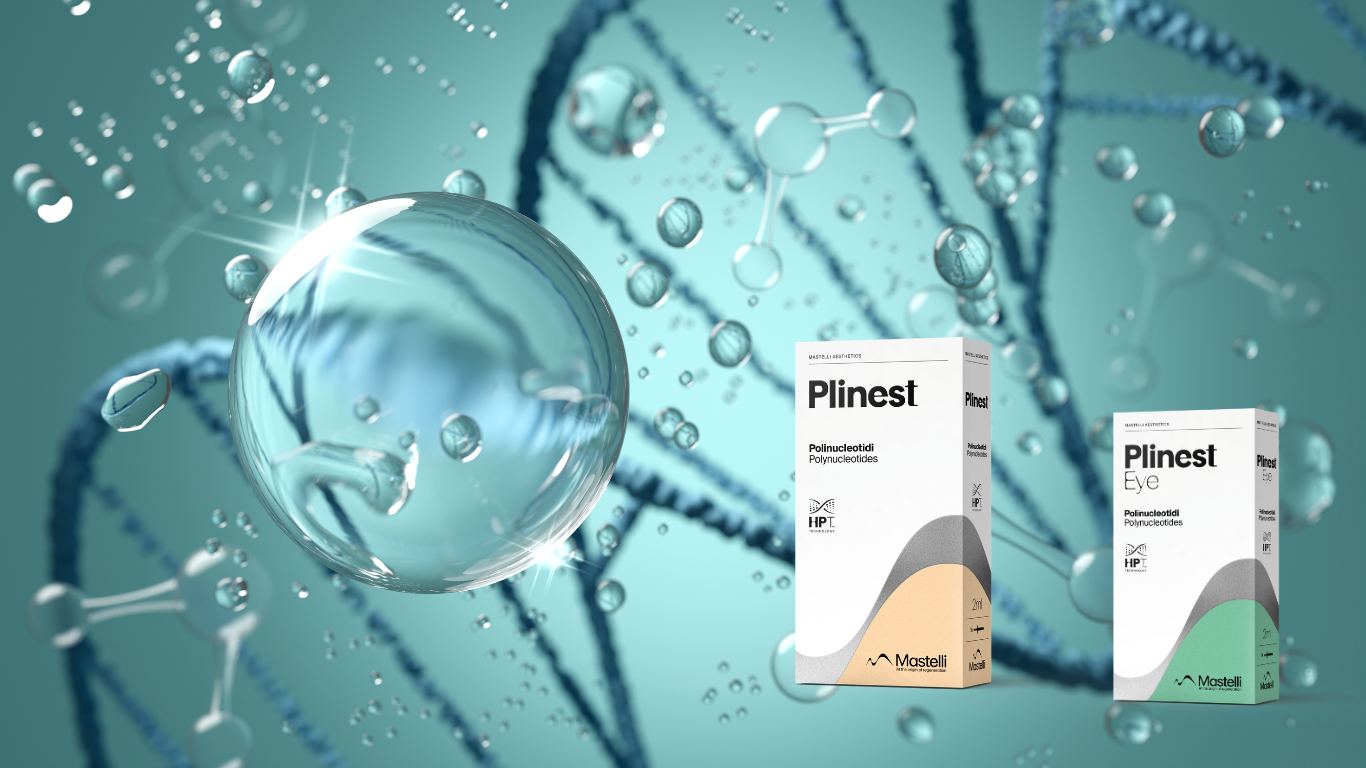Why sun exposure is the leading cause of premature ageing
We often associate sunshine with health, happiness, and a glowing complexion. But beneath the warmth and golden hue lies a much less talked-about truth: sun exposure is one of the most significant and underestimated causes of premature skin ageing. While soaking up the sun may feel good in the moment, the long-term effects of ultraviolet (UV) radiation can quietly wreak havoc on your skin.
Fine lines, pigmentation, and loss of elasticity aren't just signs of ageing, they're also the result of unprotected sun exposure. In this post, we’ll bust common myths about sun exposure, explain the science behind photoageing, and share practical tips for protecting your skin without compromising your lifestyle.
Sunlight and Skin AGEING: The Hidden Connection
It’s surprising to many that up to 80% of visible skin ageing is caused by daily sun exposure, not just the occasional sunburn or beach holiday. Fine lines, pigmentation, and loss of elasticity aren't solely a natural part of ageing. They're largely the result of chronic, unprotected time in the sun.
This damage doesn’t just affect how your skin looks. Over time, UV rays weaken your skin’s structure and impair its ability to heal. This contributes not only to cosmetic concerns like dullness and fine lines but also increases your risk of serious issues like skin cancer.
What’s the Difference Between UVA and UVB?
To understand how the sun ages your skin, it's important to know the difference between UVA and UVB rays:
UVA rays penetrate deeper into the skin and are primarily responsible for photoaging (that means wrinkles, sagging, sun spots, and leathery texture). They're also the rays used in tanning beds.
UVB rays cause sunburn and damage the skin's surface. They play a significant role in the development of skin cancer, including melanoma.
*Even on cloudy days, UVA rays are present and can penetrate through glass, so daily protection is non-negotiable.
Photoaging vs. Chronological Ageing
Skin ageing happens in two main ways:
Chronological ageing is the natural ageing process including loss of collagen and elastin over time.
Photoageing is caused by repeated sun exposure and accounts for the majority of visible ageing signs. Photoageing can present as: Uneven skin tone and hyperpigmentation, Telangiectasia (red, broken blood vessels), Thinning skin, Loss of elasticity (skin no longer "snaps back"), Dullness and loss of natural luminosity, Lentigines (brown freckles or sun spots) and Rough or uneven skin texture.
Infact it goes deeper than just the surface. Sun exposure also degrades underlying fat, ligaments, and facial volume, which leads many people to seek corrective treatments like dermal fillers or Profhilo later in life. Protecting your skin now means less correction later.
Myth: "If I Don’t Burn, I’m Not Damaging My Skin"
One of the most common misconceptions about sun exposure is that if you’re not burning, you’re not doing any harm. In reality, cumulative exposure meaning even short bursts of sun each day, adds up over time, silently accelerating the ageing process.
Chemical vs. Mineral Sunscreens: What’s the Difference?
Chemical sunscreens absorb UV rays, convert them into low-level heat, and then release that heat from the skin.
Mineral sunscreens create a physical barrier, reflecting UV rays (and heat) off the skin’s surface. They’re often better for sensitive skin and conditions like rosacea, which can be worsened by heat.
Heat itself is a major contributor to pigmentation and rosacea flare-ups, so choosing a sunscreen that minimises heat retention is key.
Our Recommendation: ZO Skin Health Sunscreen + Powder
For on-the-go protection that won’t disrupt your makeup or routine, ZO Skin Health Sunscreen + Powder is an excellent choice. It’s a mineral-based sunscreen with:
1% Titanium Dioxide and 20% Zinc Oxide for broad-spectrum UVA/UVB protection
Anti-inflammatory properties to calm and soothe the skin
Fractionated melanin to protect against blue light from the sun and digital devices
The ZOX12™ Complex, a powerful blend of Vitamins A, C, and E, which provides antioxidant protection from free radicals and infrared-A (IR-A) rays
It’s a great option for anyone who wears makeup or needs to top up sun protection throughout the day.
Are You Applying Enough Sunscreen?
One of the biggest mistakes people make is not applying enough sunscreen or applying it just once a day. For optimal protection:
Reapply every two hours, regardless of whether you're in direct sunlight
Use a generous amount— aim for at least a finger-length strip of sunscreen for your face
Choose a minimum spf 30 or above
If reapplying feels inconvenient, a brush-on sunscreen powder like the one from ZO Skin Health can make things much easier, especially if you're wearing makeup.
Prevention is the Best Treatment
Your skin is your body’s largest organ—and its first line of defence. Protecting it from the sun doesn’t just help you maintain a youthful, glowing complexion. It also prevents long-term structural, functional, and medical consequences.
While treatments like dermal fillers and Profhilo can help restore lost volume, they can’t undo years of accumulated UV damage. Daily sun protection is the foundation of any serious skincare routine and it’s never too late to start.
At Lumière MediSpa, we’re here to help you choose the best protection for your skin. Ask us about our range of PCA Skin or ZO Skin Health sunscreens and how to integrate them into your routine with ease.










